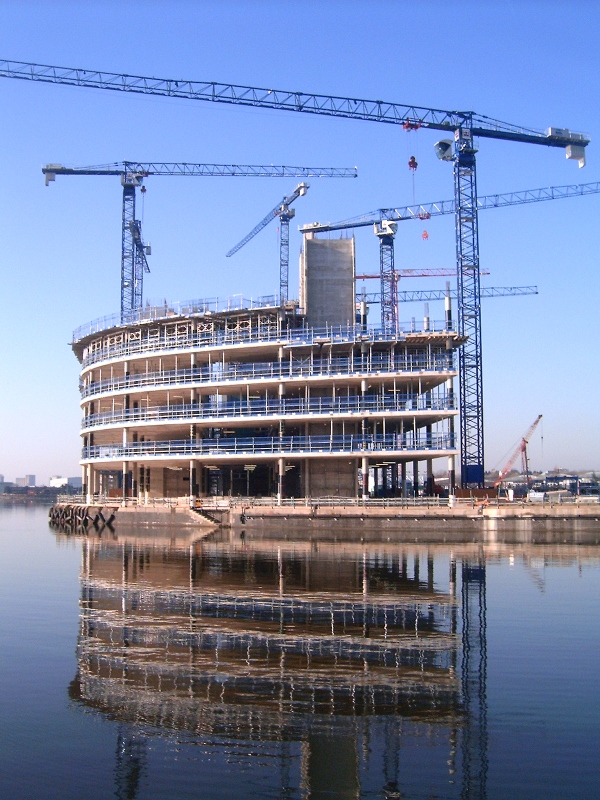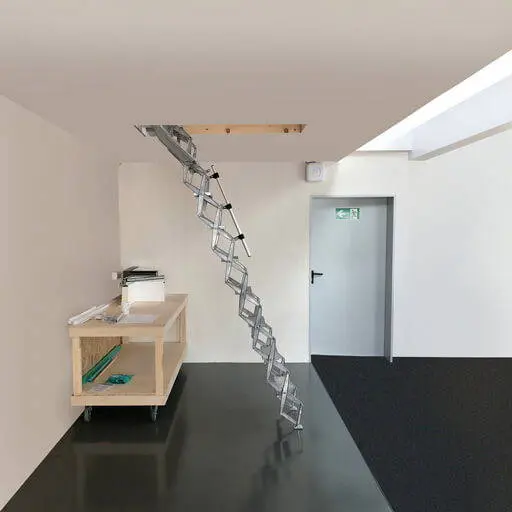The Royal Institute of British Architects’ (RIBA) monthly Future Trends workload index, a tool used by the Institute to measure member’s confidence in the economy, was static in April 2017, remaining at +22.
Architecture practices in the North of England (balance figure +48) were the most optimistic about medium term workload prospects this month.
Practices in London (balance figure +17) remained more cautious about future workloads, but our practices in the South of England saw a significant uplift in optimism (balance figure +29) compared with the figures we have seen for this region in recent preceding months. Medium-sized practices (11–50 staff) were more optimistic about future workloads, with a balance figure of +36, than either small or large practices (both standing at +20).

Both the private housing sector workload forecast (balance figure +20) and the commercial sector workload forecast (balance figure +9) were unchanged this month. These remain the most strongly performing of our sector forecasts. The public sector workload forecast lost its recent upward momentum, falling back into negative territory, with a balance figure of -5. The community sector forecast, however, continued to rise, standing at +6 in April 2017 - its highest figure since March 2015.
The RIBA Future Trends Staffing Index dipped a little this month, falling to +9 in April 2017 from +12 in March.
This month it was large practices (51+ staff) with a balance figure of +20 that felt most positive about their ability to increase staffing levels. Medium-sized practices (11 - 50 staff), with a balance figure of +15, were also positive about future staffing levels. Small practices (1 - 10 staff) were a little less confident, with a balance figure of +8 in April 2017.
RIBA Executive Director Members, Adrian Dobson, said: “Commentary received this month from our participating practices continues to suggest a broadly stable market for architectural services. A number of correspondents have commented that the market for private house extensions remains particularly buoyant, but that much of this work is financed via re-mortgaging and is therefore highly sensitive to any correction in house prices.
“At the larger project scale, it seems that infrastructure is likely to continue to be prioritised in terms of public sector capital investment, and sectors such as transport and energy infrastructure are seen as increasingly important by a number of larger practices.
“There continues to be growing interest in the PRS housing sector as financial institutions begin to become more actively engaged, building upon experience in student housing provision.”




















